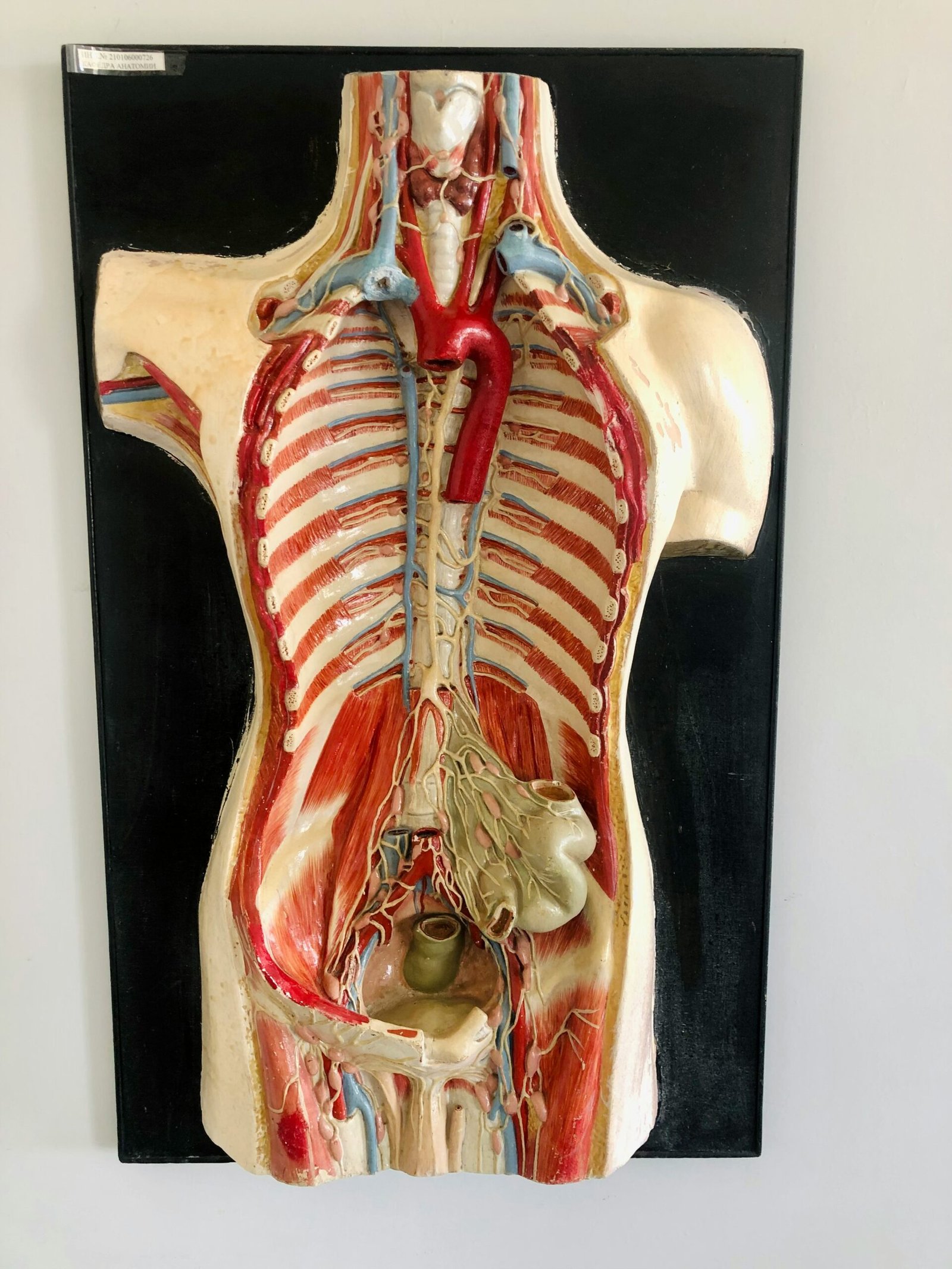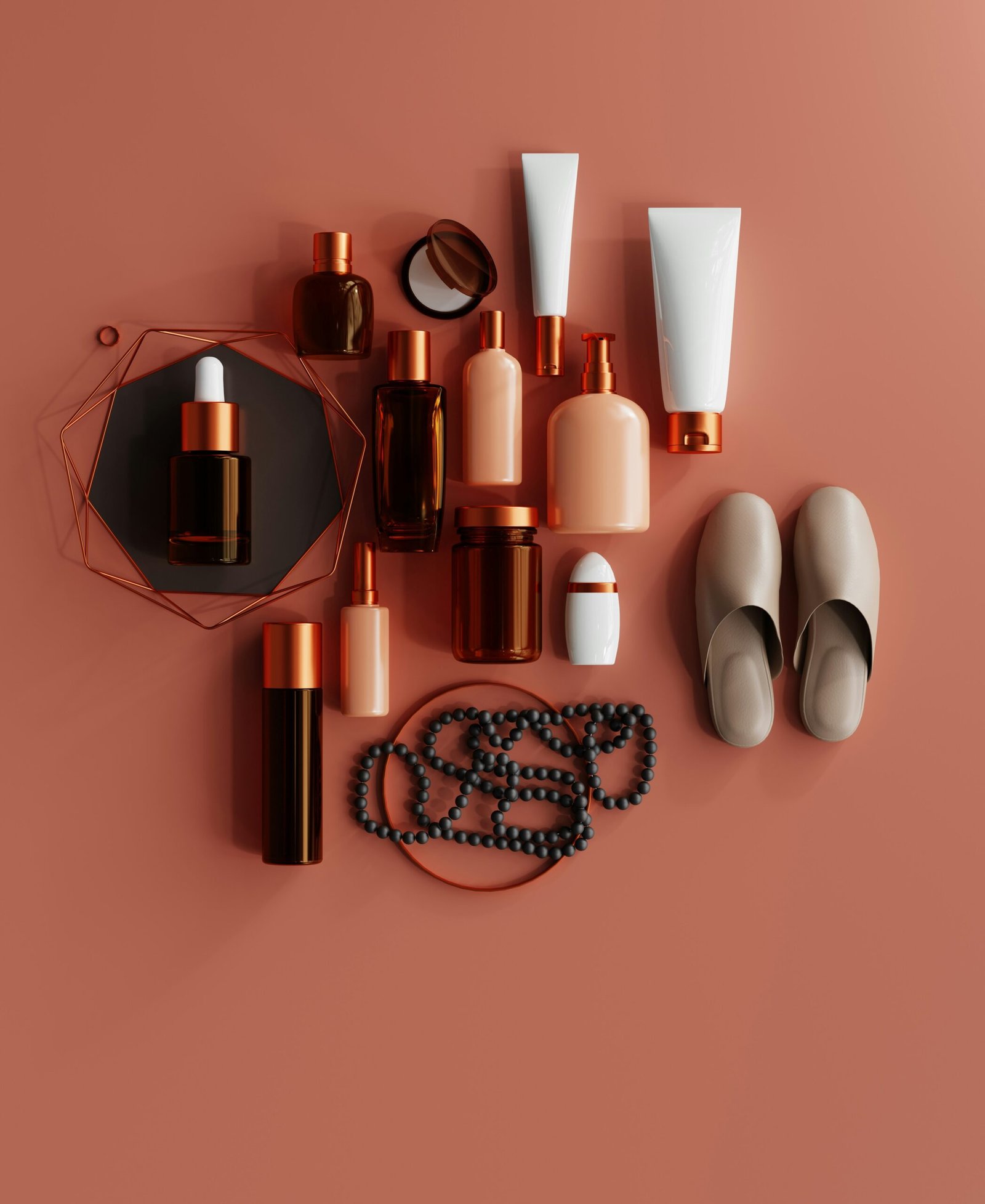Understanding Face Primers: The Key to Flawless Makeup
Face primers are essential products that play a significant role in achieving a polished and long-lasting makeup look. They serve as a preparatory layer that enhances the application of foundation and other cosmetics. By creating a smooth canvas, face primers help in filling fine lines, minimizing the appearance of pores, and extending the durability of makeup throughout the day. The importance of using face primers cannot be overstated, as they significantly influence the overall finish of your makeup.
There are several types of face primers available on the market, each designed to cater to specific skin types and concerns. Hydrating primers are ideal for individuals with dry skin, as they infuse moisture and provide a dewy finish that prevents flakiness. On the other hand, mattifying primers are specifically formulated to control excess oil and shine for those with oily or combination skin. These primers typically contain ingredients that absorb oil and help maintain a matte complexion, ensuring that makeup does not slip or fade throughout the day. Additionally, illuminating primers add a touch of radiance to the skin, giving a luminous effect that can be particularly beneficial for dull or tired complexions.
The science behind face primers lies in their composition, which often includes silicone-based ingredients that create a barrier between the skin and makeup. This barrier helps to lock in moisture and keeps makeup intact for a longer duration. Furthermore, proper skin preparation before applying primer is crucial for achieving optimal results. Cleansing, exfoliating, and moisturizing the skin are fundamental steps that prepare the surface for the application of primer. By understanding the various types of face primers and their functions, makeup enthusiasts can effectively select the right product for their needs, ultimately enhancing their overall makeup application.
Choosing the Right Primer for Your Skin Type
When it comes to makeup application, selecting the appropriate primer is crucial for achieving a flawless finish. Understanding your skin type is the first step in making the right choice. Skin types are generally categorized as oily, dry, combination, or sensitive, each requiring unique considerations when it comes to makeup primers. Identifying your skin type can help you make an informed decision, ensuring that your primer not only complements your foundation but also enhances your overall makeup look.
For oily skin, opt for a mattifying primer that contains ingredients like silica or oil-absorbing powders. These primers help control shine throughout the day and prevent makeup from sliding off. Look for products labeled ‘oil-free’ or ‘mattifying’ to achieve a long-lasting effect. Popular options include the Smashbox Photo Finish Oil & Shine Control Primer and the Benefit The POREfessional Matte Rescue.
On the other hand, if you have dry skin, a hydrating primer infused with nourishing ingredients, such as hyaluronic acid or glycerin, is ideal. These primers create a moisture barrier that prevents foundation from appearing flaky or uneven. Consider trying the Too Faced Hangover Replenishing Face Primer or the e.l.f. Hydrating Face Primer, both of which lock in hydration while providing a smooth canvas for makeup application.
For combination skin, a flexible option would be a silicone-based primer that balances both hydrating and mattifying properties. Primers that offer a lightweight texture will help in addressing diverse areas of your face without overdoing it on either side. Consider products such as the Laura Mercier Foundation Primer – Radiance or the Tatcha The Silk Canvas. Lastly, for sensitive skin, seek primers formulated with soothing agents like chamomile or aloe vera to minimize irritation. The Fenty Beauty Pro Filt’r Instant Retouch Primer is an excellent choice as it caters specifically to sensitive skin needs.
By understanding your skin type and the specific concerns that come with it, you can choose a primer that not only prepares your skin for makeup but also enhances its natural beauty.
10 Innovative Face Primer Tricks for the Perfect Base
Face primers serve as an essential step in achieving a flawless makeup look, elevating the overall appearance while ensuring longevity. Here are ten innovative tricks that can maximize the potential of your face primer.
1. **Layering Primers**: Experimenting with different formulations can help create a customized base. For instance, a hydrating primer can be layered beneath a mattifying primer to control oiliness in targeted areas, setting the stage for a balanced complexion.
2. **Using Primer as an Eyeshadow Base**: Extend the functionality of your primer by applying a small amount on your eyelids before eyeshadow application. This creates a smooth canvas that enhances color payoff and increases the staying power of your eye makeup.
3. **Application Tools**: Consider using various application tools like brushes, sponges, or your fingers. Each method delivers a unique finish; a brush can create a flawless layer, while a sponge offers a more airbrushed effect, and fingers allow for warmth and blendability.
4. **Combining with Foundation**: For a radiant finish, mix a pea-sized amount of a luminous primer into your foundation before application. This combination not only adds a subtle glow but also maintains a lightweight feel throughout the day.
5. **Spot Priming**: Instead of applying primer all over, focus on specific areas such as the T-zone, where oiliness is common. This trick helps to maintain a matte finish without compromising hydration on drier areas.
6. **Enhancing Skincare**: Infuse your skincare routine by applying primer right after moisturizer. This allows the skin to absorb the primer’s benefits, ensuring a hydrated base before makeup application.
7. **Mixing with Moisturizer**: Blend primer with a lightweight moisturizer for an ultra-sheer finish, perfect for no-makeup days or a natural look. This creates a seamless application that feels comfortable on the skin.
8. **Cooling for a Refreshing Effect**: Store your primer in the refrigerator before use to achieve a cooling effect during application. This simple step not only invigorates the skin but also helps reduce puffiness.
9. **Setting Makeup**: After completing your makeup, use a sprayable primer to lock in your final look. This provides an additional layer of protection against fading while offering a dewy finish.
10. **Trial and Error**: Finally, don’t hesitate to experiment. Face primers vary widely in formulations and effects. Identify which combinations work best for your skin type and desired look to achieve optimal results.
With these face primer tricks, you can achieve a perfect base that enhances your makeup efficiency and appearance.
Common Mistakes to Avoid When Using Face Primers
Face primers serve as an essential foundation for a flawless makeup application; however, there are common mistakes that enthusiasts often make that can hinder their effectiveness. One of the primary pitfalls is over-application. While the goal of a primer is to create a smooth canvas for makeup, applying too much product can lead to a greasy finish, emphasizing fine lines, and causing makeup to slide off throughout the day. A small amount, typically the size of a pea, is usually sufficient. It is advisable to start with less and add more as needed to achieve the desired effect.
Another frequent error is selecting the wrong formula for one’s skin type. Primers come in various formulations designed to address specific concerns, such as mattifying excess oil, smoothing out texture, or providing hydration. For instance, using a mattifying primer on dry skin can exacerbate flakiness and discomfort, while a hydrating formula on oily skin may result in a shiny appearance. Thus, understanding one’s skin type and choosing a primer that complements it is crucial to achieving a polished look.
Moreover, neglecting proper skin preparation before applying the primer can lead to less-than-optimal results. Exfoliating, cleansing, and moisturizing are essential steps to ensure the skin is ready to receive makeup effectively. Skipping these stages can result in uneven application and reduced longevity, as the primer may not adhere well to dry or textured areas. Taking a few moments for skin prep will significantly improve the overall makeup experience and lead to a radiant complexion.
To maximize the benefits of face primers, avoiding these common mistakes will significantly enhance makeup performance and longevity. By applying the right amount of the suitable primer on a well-prepped canvas, makeup enthusiasts can ensure their look remains fresh and flawless throughout the day.



